I loved it when I picked up my New York Times yesterday and saw the inflatable bubble expansion that the Hirshhorn Museum is hoping to build — on the front page. Nicolai 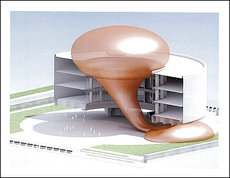 Ouroussoff has it right when he said the Hirshhorn plan had the potential to “delight” visitors to the National Mall and could “transform one of the most somber buildings on the mall into a luminous pop landmark.”
Ouroussoff has it right when he said the Hirshhorn plan had the potential to “delight” visitors to the National Mall and could “transform one of the most somber buildings on the mall into a luminous pop landmark.”
But I have had a few second thoughts. A rendering in rusty red is not so attractive. Even in blue, what will this look like when it’s no longer new? Or is the inflatable bit renewed every year — and how much would that cost beyond the $5 million estimate now?
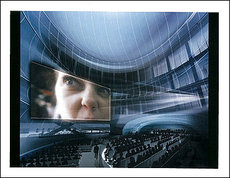 I also agree with Blake Gopnik’s commentary in today’s Washington Post:
I also agree with Blake Gopnik’s commentary in today’s Washington Post:
the problem with this project, or with any other grand museum project you could name, is that it risks making activity and action the museum’s central goal, with contemplation pushed to dismal second place.
Art, he continued, and I wholeheartedly concur, needs to come first. Is that art, or a movie, in the rendering of the interior?
Anyway, does Washington really lack spaces to talk about contemporary culture and issues? That, as Hirshhorn director Richard Koshalek previously told the Post, is his goal:
We want to turn the symbolic center of the Hirshhorn into a center for international dialogue. The issues are going to be very broad, so we can attract a pluralistic audience. It’s also going to be based on very strong partnerships and collaborative efforts.
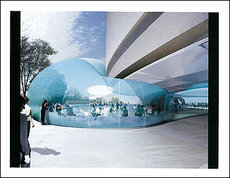 Koshalek is someone I’ve known and respected for a long time, and he loves architecture as well as art — maybe more. He also knows how to create dazzle and excitement, which is a good thing for the unloved Hirshhorn.
Koshalek is someone I’ve known and respected for a long time, and he loves architecture as well as art — maybe more. He also knows how to create dazzle and excitement, which is a good thing for the unloved Hirshhorn.
Whenever there’s a museum expansion that may or may not be necessary (for space reasons), I always ask: what art could be bought for the same amount of money?
$5 million isn’t that much in today’s art secondary market, but it could buy a lot from primary galleries. And it would go far to underwrite exciting, crowd-drawing exhibitions.
So while I like the bubble, before the Hirshhorn decides, I hope it considers the alternative way to create excitement — with new art. I’m not making the call, just asking the question, a question I hope the Hirshhorn trustee have considered — or will.
Photos: Courtesy Diller Scofidio and Renfro


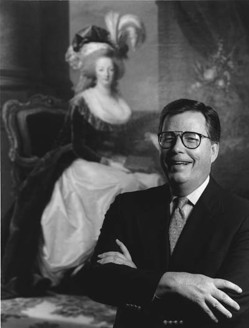 I could not find a single word of criticism of the exhibition or the museum in any of them. About the only non-positive glimmer of thought came in the
I could not find a single word of criticism of the exhibition or the museum in any of them. About the only non-positive glimmer of thought came in the 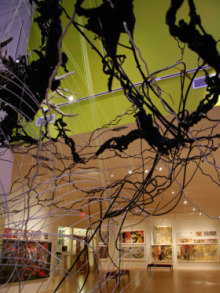 Diana Al-Hadid, Brooklyn
Diana Al-Hadid, Brooklyn
 In any case, the finding brought back to me a moment a few months ago when I was looking at the Morgan Library website, and was surprised to find a tiny “Social Media” link at the top — with a link to its
In any case, the finding brought back to me a moment a few months ago when I was looking at the Morgan Library website, and was surprised to find a tiny “Social Media” link at the top — with a link to its 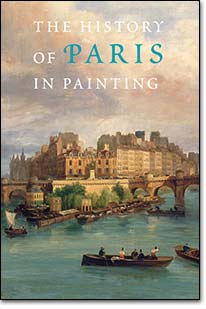 Today’s Wall Street Journal has three guides to the best of this season’s illustrated art books. As ever, they are more idiosyncratic than comprehensive — but that’s the charm.
Today’s Wall Street Journal has three guides to the best of this season’s illustrated art books. As ever, they are more idiosyncratic than comprehensive — but that’s the charm.